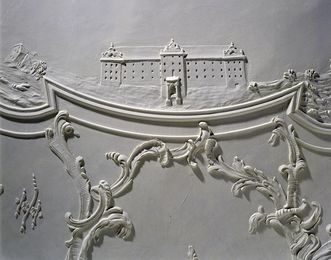A former slave as valet?
Old documents from the prince-bishopric legal office make reference to a “Moorish valet” by the name of James. Was this “Moorish valet” a former slave from Africa, brought to Meersburg via British stations? He is likely the same Adam James, a footman who, nearly 25 years later in March 1800, petitioned the incoming Prince-Bishop Carl Theodor von Dalberg.







